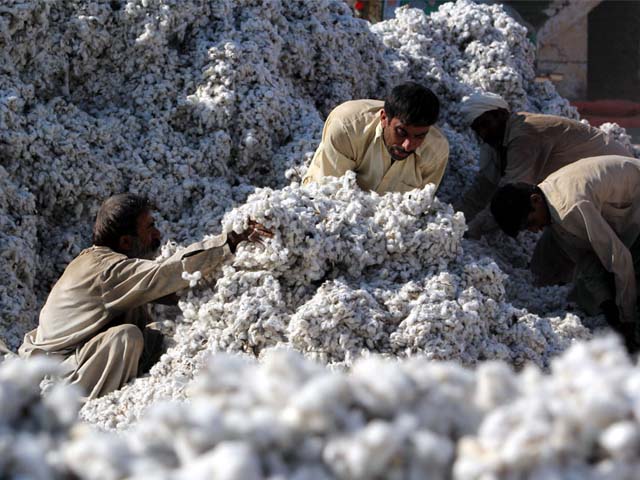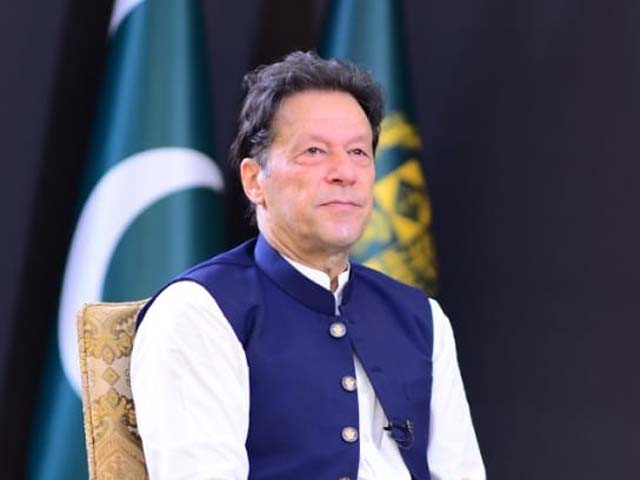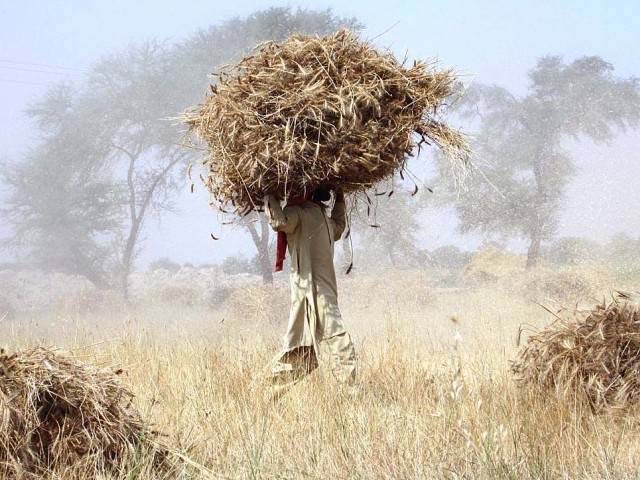
Pakistan’s cotton conundrum
The cotton crop has disappointed – yet again. A phenomenon reminiscent of the outgoing decade, which saw the sweet lure of sugarcane almost singlehandedly shave off a fifth of cotton’s cultivated area, translating into a 29% drop in yield. But volumes – and a palpable substitution – do not tell the full story. They do not even provide an unequivocal account of cotton’s relegation in the agronomic pecking order. The substitution and dwindling yield are far from an inexplicable trajectory, however, and represent unmistakably inevitable developments as structural characteristics of cotton cultivation in the country have gradually but definitely facilitated its waning economic appeal for farmers.
The low quality of cotton yield in Pakistan was an impending feature of the textile value-chain even before the crop substitution to sugarcane began. Pakistan, in fact, suffers from one of the worst contamination rates in the world with its rate more than seven times the international standard. One of the primary reasons for this is the out-dated and ineffective picking methods that structurally induct high trash content into the value-chain and directly lead to amplified ginning losses and lower quality of yarn. This becomes even more critical because human picking and storage in fertiliser bags lead to one of the most serious forms of contamination in the form of plastic strings. Apart from being difficult to remedy, it is not readily detectible and only becomes obvious at later stages of processing. Moreover, it also dilutes the forthright incentive for farmers to address the issue as doing so would not improve the immediate marketability of the product.
Another reason for cotton’s dwindling quality output is the below-par pace of seed research. With the world having depended on genetically modified seeds for more two than decades now, specifically the Bt generations, to enhance cotton’s productivity and output quality, Pakistan’s bid to dynamically facilitate agricultural productivity through localised research has fared abysmally. Even the delayed and point-blank adoption of these genetically modified varieties was haphazard, unregulated, and in the long term, counterproductive. Bt seeds have failed in Pakistan due to the lack of local applicative study which has prevented farmers from reaping sustaining rewards. The primary benefit of such a seed is the protection it provides against pests such as pink bollworm. Conversely, this in-built protection reduces the bill of pesticides and insecticides. The problem that arises, however, especially in the context of Pakistan, is that for Bt seeds to remain effective there needs to be some allocation of cotton field to non-Bt crop to ensure that the pests do not develop resistance. Unfortunately, farmers in Pakistan have largely been either ignorant of this disclaimer or chosen to disregard it, rendering the current generation of Bt seeds ineffective.
The textile industry, the primary pillar of the country’s exports, depends heavily on the cotton input. During the last decade, Pakistan has gradually moved farther away from self-sufficiency and towards heavier reliance on imported cotton. One reason why imported cotton holds importance, apart from dwindling local yield, is its higher quality and use for purposes local cotton with its lower quality and shorter staples is not appropriate. Consequently, the entire textile value-chain needs both the quantity and quality of local cotton yarn to be substantially reinforced on a priority basis. The agriculture policymaking in the country needs to go through a paradigm shift and switch gears from its lacklustre, reactive approach to a forward-looking slant. Cotton, with its undisputable trade significance, is one the most important crops in the prevailing macroeconomic scenario. Reforms must be prioritised if Pakistan is to sustain its share in the textile trade. The existing inefficiencies continue to cost the country’s external account billions of dollars per annum according to APTMA estimates, an absolutely unfeasible situation for a country navigating a fine line between financial leverage and fiscal space.
Focus on import substitution and alternative industrialisation hold undisputed significance in sustainably expanding the country’s exports. However, it seems extremely imprudent for the government to neglect a sector which has more or less single-handedly powered the exports for decades and offers a more urgently scalable avenue. Prioritising the textile sector has become even more critical in the purview of the substantially altered post-pandemic economic situation where a global textile outlook which is more competitive than ever awaits exporters. Producers from other countries such as Bangladesh, India, and Vietnam are expected to lock horns for a share in a considerably smaller pie.
In the short-term, there is an urgent need for consolidation and standardisation in the seed industry of the country. The lack of uniformity in this area has wreaked havoc for the cotton crop with no standardised level of resistance offered and an ensuing uncertainty for farmers cultivating it. Moreover, the country needs to invest in seed research so that it can better develop strains that are more suited to local climatic conditions and other practical elements. Agriculture policymaking also needs a realignment of priorities as cannibalisation of cotton by sugarcane needs to be addressed urgently. Cotton is the main input for the most important export sector of the country and therefore serves as the basis for critical foreign exchange. There is no doubt that the importance of cotton crop outstrips sugarcane’s importnace in terms of direct and indirect contribution to GDP and, through textile, to total employment in the country. It logically follows, then, that it be afforded a priority status that reflects this significance.




COMMENTS (3)
APTMA needs to look after the cotton farmer in terms of financial sustainability, Training, Quality Seeds, fertilizer and pesticides instead of Arthy.... everything will fall into place.
only way forward to become once again self sufficient by declaring cotton zones and availability of local researched seeds ie non bt varieties . BT cotton is total failure.
Now revival of non Bt Cotton is impossible having no strategy for proper seed industry and SoP. It will require a separate Cotton Research Institute in an Area where there is no chance of other Bt Cotton plants.
Comments are moderated and generally will be posted if they are on-topic and not abusive.
For more information, please see our Comments FAQ